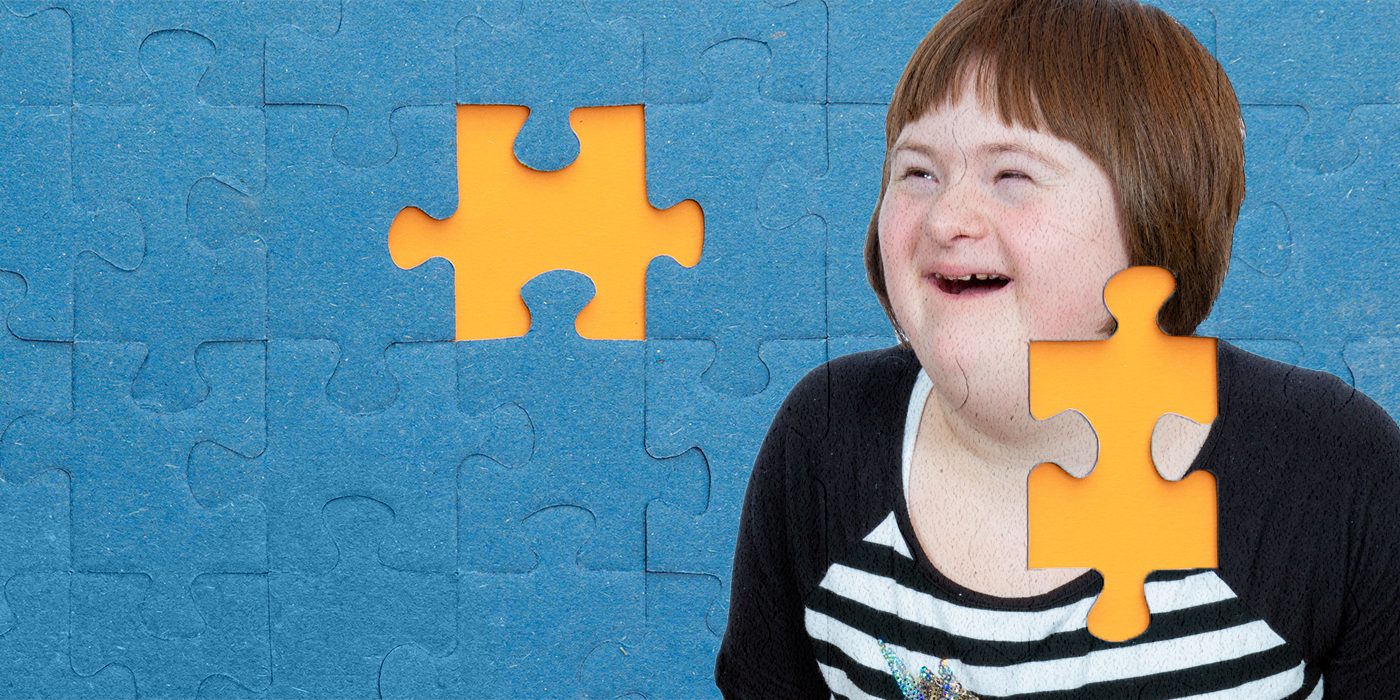The Value of Household Assistance in the Journey with Autism
Discovering Autism: Methods for Effective Interaction and Interaction
Reliable communication and interaction with individuals on the autism range require an extensive understanding of their unique demands and preferences. Methods such as utilizing clear language, using aesthetic assistances, and cultivating consistent regimens can considerably boost engagement and decrease anxiety. In addition, recognizing the importance of non-verbal signs and shared passions leads the way for meaningful connections. However, the details of these methods disclose further factors to consider that warrant exploration, particularly in how they can be adapted to varied contexts and individual experiences. What might these adaptations appear like in method?
Comprehending Autism Spectrum Problem
Autism Spectrum Condition (ASD) includes a range of neurodevelopmental problems characterized by challenges in social communication, communication, and repetitive actions. The term "range" mirrors the varied indications and differing degrees of intensity experienced by individuals with ASD. While some may display considerable impairments, others may display high-functioning attributes, permitting for greater independence in everyday life.
The onset of ASD usually takes place in early childhood years, with indications commonly identifiable by age 2. Very early signs might consist of delayed speech development, minimal eye get in touch with, and difficulties in recognizing social cues. Although the specific etiology of ASD continues to be unclear, research study suggests a mix of environmental and genetic factors plays an important role in its advancement.
People with ASD frequently have one-of-a-kind toughness, such as increased focus to detail and phenomenal memory abilities. However, they might have a hard time with understanding abstract concepts and handling modifications to regular. As a result, treatments and support customized to individual needs are crucial for fostering interaction and social abilities. Identifying the complexity of ASD is crucial for advertising recognition, approval, and effective strategies that assist in meaningful interactions with people on the spectrum.

Importance of Clear Communication
Efficient communication is vital for fostering understanding and connection, especially for individuals with Autism Spectrum Problem (ASD) Clear communication not just promotes social interactions but also boosts the person's capability to share their thoughts, feelings, and demands. For people with ASD, the nuances of language can typically be challenging; therefore, making use of uncomplicated and unambiguous language is crucial.
Additionally, clear communication helps in reducing frustration and stress and anxiety that might emerge from misunderstandings. When messages are conveyed in a consistent and straight fashion, people with ASD are better furnished to interpret info accurately, which can significantly boost their social interaction and engagement in different setups.
Developing routines and making use of visual assistances can even more strengthen clear communication. These methods provide individuals with predictable structures that assist comprehension and retention of information. Additionally, proactively paying attention and being client during interactions advertises an encouraging atmosphere where individuals with ASD feel valued and comprehended.
Ultimately, prioritizing clear interaction not just empowers individuals with ASD yet also fosters even more purposeful links with their peers, caregivers, and the broader area, leading the way for inclusive communications and collaborative relationships. - autism
Non-Verbal Communication Methods
Interaction expands beyond words, and for people with Autism Spectrum Disorder (ASD), non-verbal hints play a considerable role in interactions. Non-verbal interaction methods can include face expressions, motions, body movement, and eye contact, every one of which work as vital components for sharing feelings and intents.
Comprehending and translating these non-verbal signals can enhance interactions with people with ASD. As an example, a warm smile or open position can develop a welcoming atmosphere, encouraging engagement. Using aesthetic aids-- such as photo cards or signs-- can connect communication gaps and help convey messages a lot more properly.
It is likewise crucial to my explanation be mindful of individual area, as people with ASD may have various comfort levels concerning proximity. Observing their reactions to physical closeness can notify suitable adjustments.

Producing Supportive Settings
Developing an encouraging environment is crucial for fostering favorable communications and boosting the wellness of people with Autism Spectrum Disorder (ASD) Such settings can substantially reduce anxiety and produce a feeling of safety, permitting individuals to share themselves a lot more freely.
To attain this, it is necessary to consider sensory level of sensitivities that individuals with ASD might experience. Modifying the physical area to include soft illumination, minimal history sound, and comfortable seats can create next page a relaxing atmosphere. In addition, using regular routines and clear visual timetables can assist people expect transitions and lower uncertainty, more promoting convenience.
Social spaces need to be structured to minimize frustrating stimuli while supplying possibilities for engagement in recommended activities. Promoting areas marked for quiet time can additionally act as a haven during moments of anxiety. Notably, integrating aspects of selection empowers individuals, enabling them to work out firm in their environment.

Urging Social Interactions
Fostering social interactions among people with Autism Spectrum Problem (ASD) requires willful strategies that focus on convenience and interaction. Developing predictable regimens can aid decrease anxiousness, making social settings much more friendly. Creating structured settings with defined duties and functions permits individuals to engage without the frustrating stress of unstructured social dynamics.
Integrating passions and strengths into social tasks can act as a catalyst for interaction. Organizing team tasks around shared leisure activities or topics of fascination can help with natural discussions and links. In addition, utilizing visual supports, such as pictorial schedules or social scripts, can help in comprehending social hints and assumptions.
Designing proper social actions is essential - autism. Peers and adults ought to demonstrate like this effective communication techniques, including active listening and turn-taking. Role-playing scenarios can also provide a safe space for people to exercise these abilities
Finally, promoting peer connections with inclusive practices is essential. Encouraging comprehensive playdates or team trips can produce chances for socialization in a comfortable setup. By carrying out these caretakers, instructors and methods can dramatically improve social interactions for people with ASD, advertising their overall social development and well-being.
Final Thought
In conclusion, efficient interaction and communication strategies are vital for sustaining people with Autism Range Disorder. Ultimately, these methods encourage people with autism to navigate social landscapes, promoting their overall well-being and allowing the advancement of enduring partnerships.
Reliable interaction and communication with people on the autism range demand a comprehensive understanding of their unique needs and preferences. Clear communication not only facilitates social interactions but also enhances the individual's ability to share their thoughts, feelings, and demands.Promoting social interactions among individuals with Autism Range Problem (ASD) needs deliberate techniques that prioritize convenience and involvement. By carrying out these approaches, instructors and caregivers can significantly boost social interactions for people with ASD, advertising their overall social growth and wellness.
In conclusion, reliable communication and interaction methods are vital for supporting people with Autism Spectrum Problem.